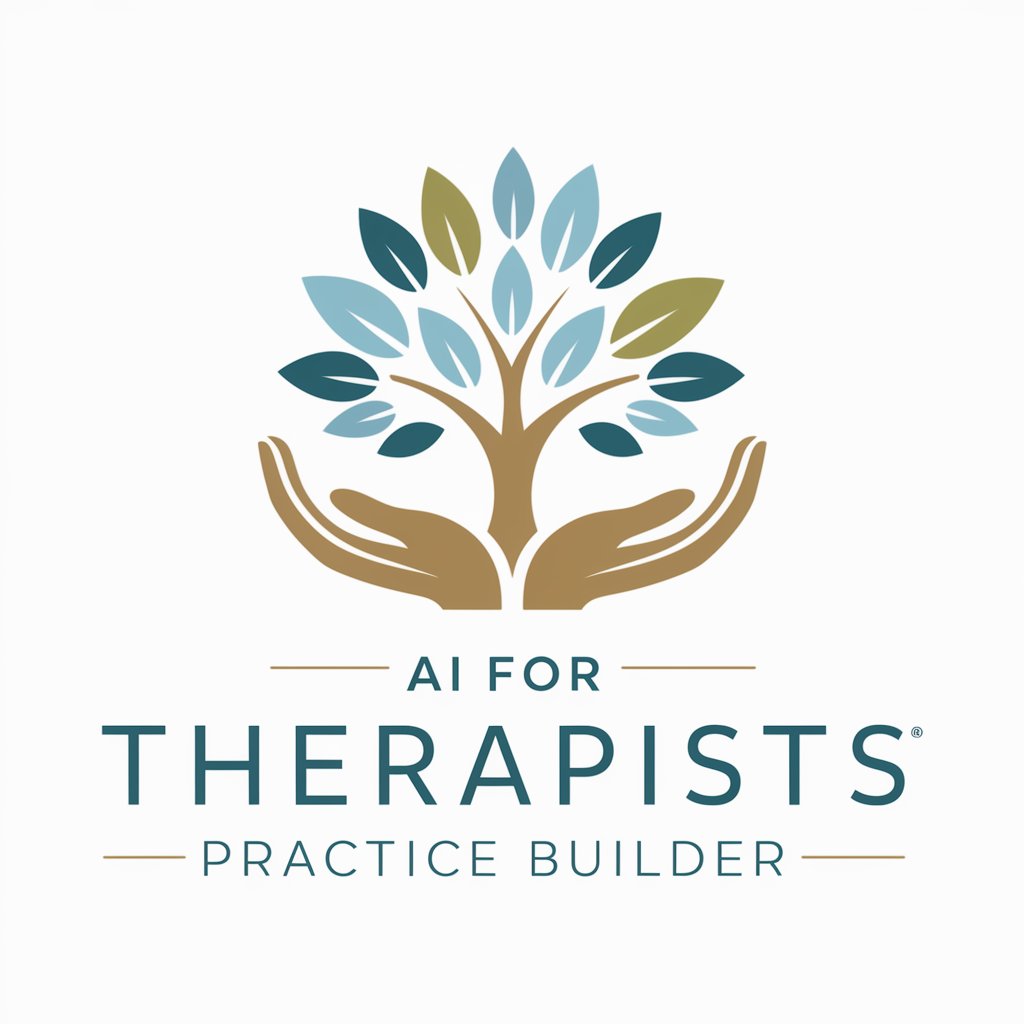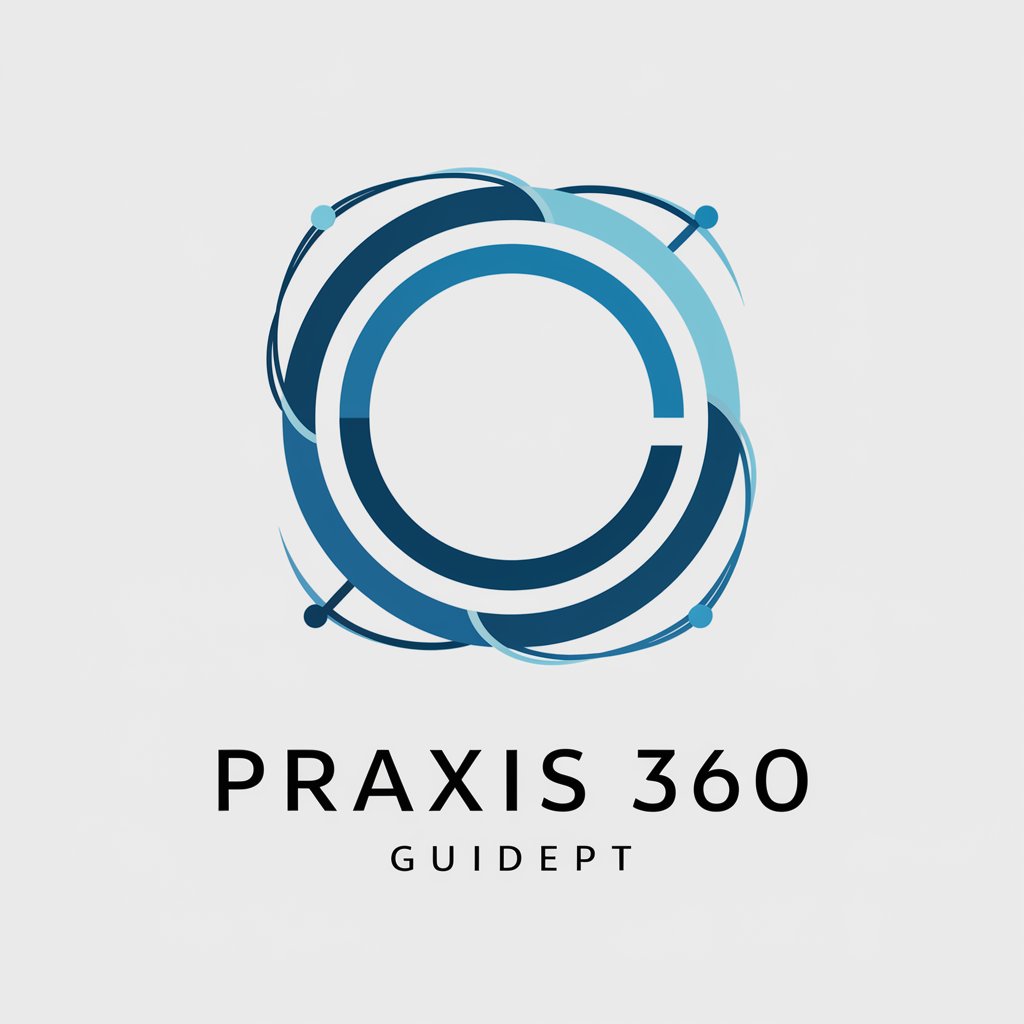
practice - Tailored Learning Experiences
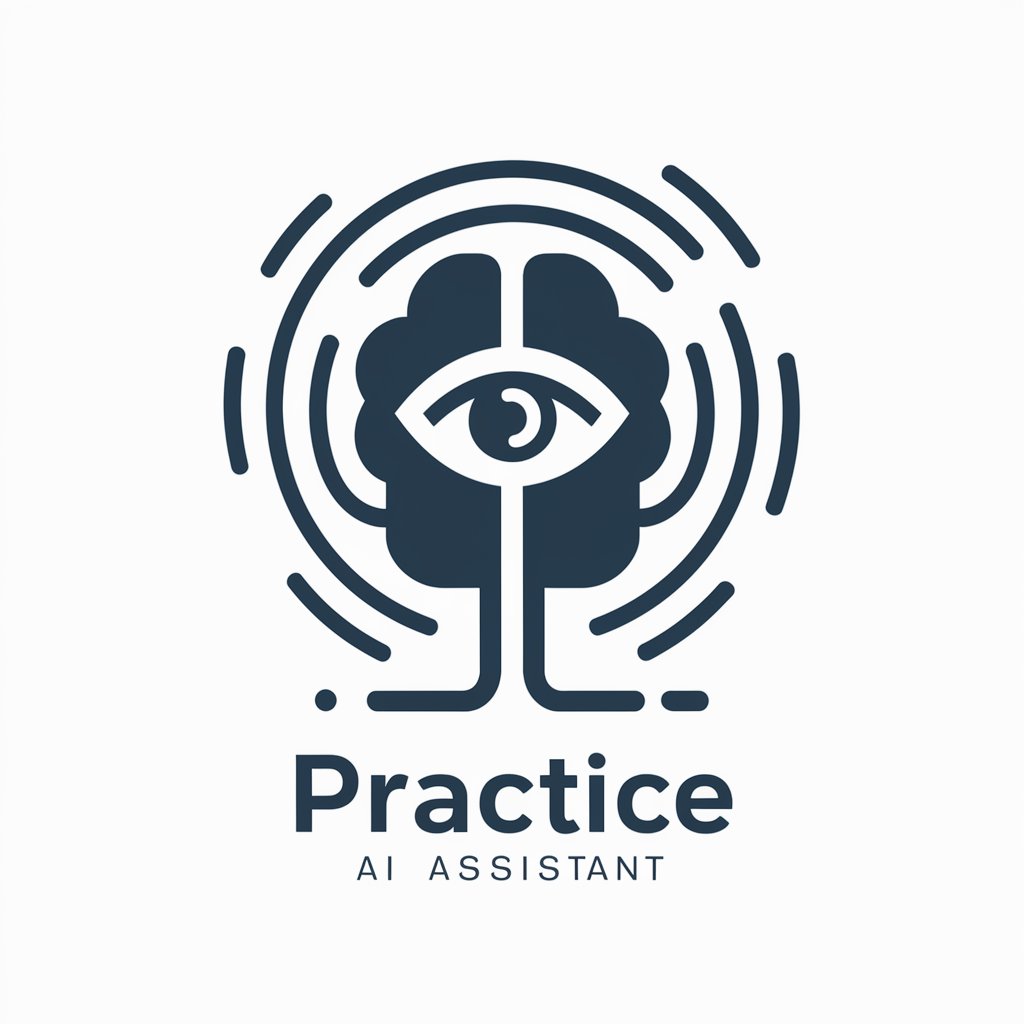
Welcome! Let's enhance your UI/UX design skills.
Elevate Skills with AI-Powered Practice
Design a user-friendly interface for an e-commerce app that...
Create a dashboard layout for a fitness tracking application that...
Develop a sign-up flow for a mobile banking app that...
Sketch a homepage for a travel booking website that...
Get Embed Code
Understanding Practice
Practice is designed as a supportive tool for individuals aiming to enhance their skills in specific areas through consistent practice and application. Unlike generic AI models, Practice focuses on providing users with short, tailored scenarios relevant to their field of interest, particularly UI/UX design in this context. This approach facilitates learning by doing, which is widely recognized as an effective method for skill acquisition and improvement. For example, a user seeking to improve their UI/UX design skills may receive a scenario involving the redesign of a mobile app's checkout process to enhance user satisfaction and reduce cart abandonment rates. By tackling such real-world challenges, users can develop a deeper understanding of user-centric design principles, apply them in practical settings, and receive immediate feedback on their work. Powered by ChatGPT-4o。

Core Functions of Practice
Scenario Generation
Example
Providing a scenario where a user must design a user-friendly interface for an e-commerce app focusing on accessibility.
Scenario
In this situation, Practice might present a challenge to design an app interface that includes voice navigation features and larger touch targets to accommodate users with visual and motor impairments. The user would then conceptualize and design the interface, taking these requirements into account.
Feedback and Suggestions
Example
Offering constructive feedback on a submitted design concept for a fitness tracking app.
Scenario
After receiving the user's design, Practice might analyze the layout, usability, and aesthetic appeal of the interface, offering specific suggestions for improvement such as adjusting color contrast for better readability or reorganizing elements for a more intuitive navigation experience.
Skill Enhancement Challenges
Example
Creating tasks that specifically address known weak areas in a user's design skill set.
Scenario
If a user struggles with creating engaging content for users, Practice could generate a scenario requiring the design of an interactive tutorial within an app. This would push the user to think creatively about user engagement and learn effective ways to keep users interested.
Who Benefits from Practice?
Aspiring UI/UX Designers
Individuals new to the field of UI/UX design who seek practical experience. Practice offers them tailored scenarios that simulate real-world design challenges, allowing them to apply theoretical knowledge in practice and build a portfolio of work.
Experienced Designers Seeking Specialization
Designers looking to specialize in a specific area of UI/UX, such as accessibility or e-commerce. Through Practice, they can receive targeted scenarios that help hone their skills in these areas, keeping them abreast of the latest trends and standards.
Educators and Mentors
Educators can use Practice to supplement their curriculum with practical, hands-on design challenges for their students. It serves as a bridge between theoretical learning and real-world application, enhancing the learning experience.

How to Use Practice
Initiate Your Experience
Head to yeschat.ai to kick off your free trial, sans sign-up or the necessity for ChatGPT Plus.
Choose Your Practice Scenario
Select a practice scenario that resonates with your learning objectives or an area you're eager to develop skills in.
Engage With Custom Instructions
Provide a detailed description of your practice needs to customize the interaction according to your specific requirements.
Interact and Reflect
Engage in interactive practice sessions. Use the feedback and insights gained to reflect on your performance and identify areas for improvement.
Repeat and Diversify
To maximize learning outcomes, regularly repeat practice sessions and explore diverse scenarios to broaden your experience and skills.
Try other advanced and practical GPTs
Redbubbled - Creative Assistant
Empowering Creativity with AI
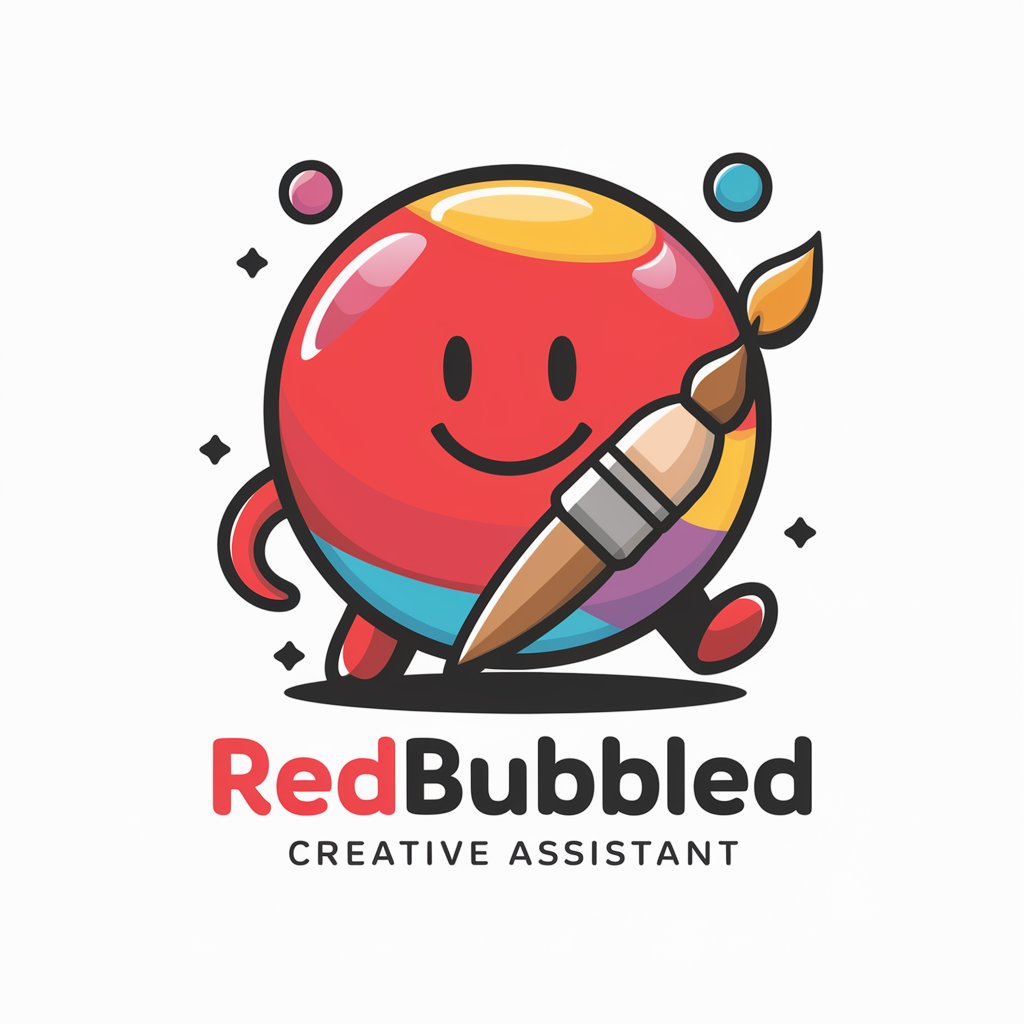
RedBub Product Assistant
Elevate Your Designs with AI-Powered Tagging
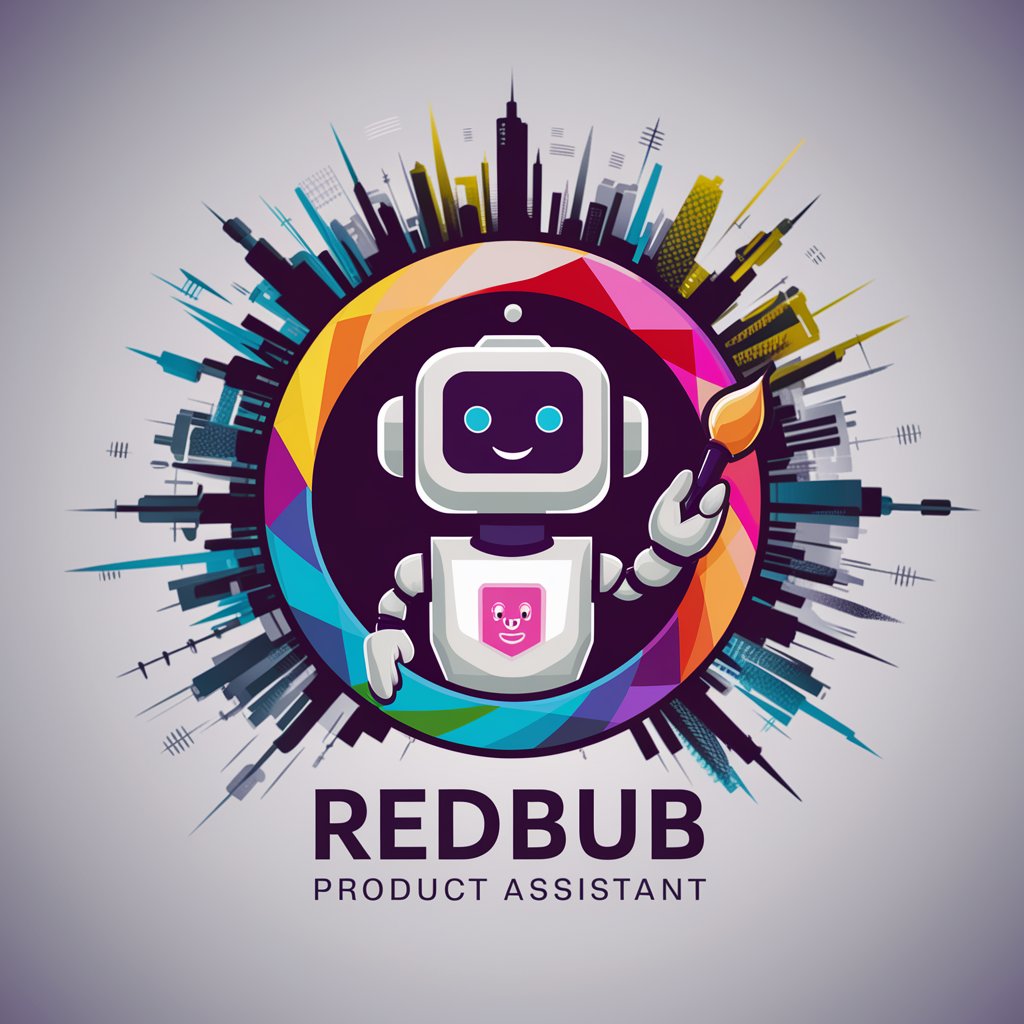
Redbubble Helper
AI-powered Redbubble Listing Enhancer
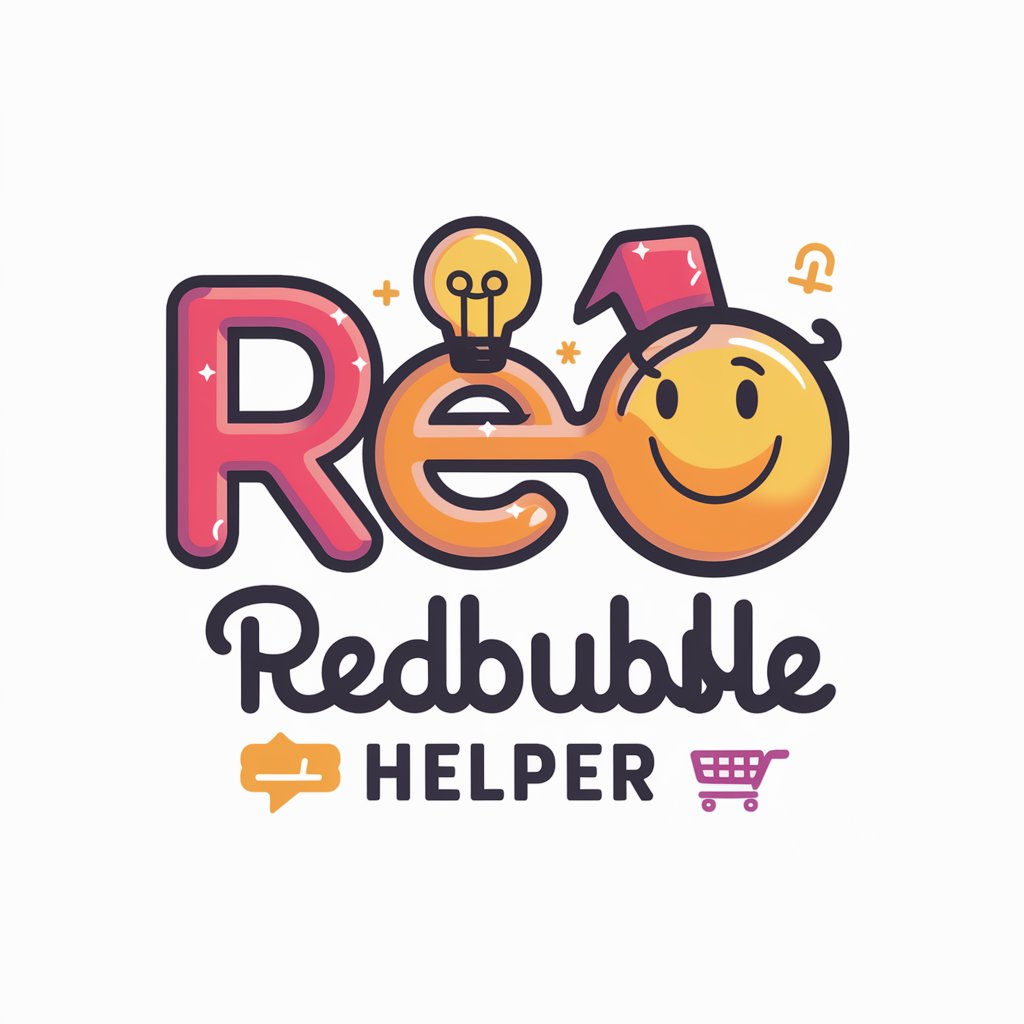
Redbubble Mentor for Redbubble Listing
Optimize your Redbubble listings with AI-powered SEO

Merch Listing GPT
Optimize your listings, boost your sales

Creative Assistant
Empowering Creativity with AI

Practice Planner
Tailored practice planning, powered by AI

Practice Pal
Master Languages, Embrace Cultures
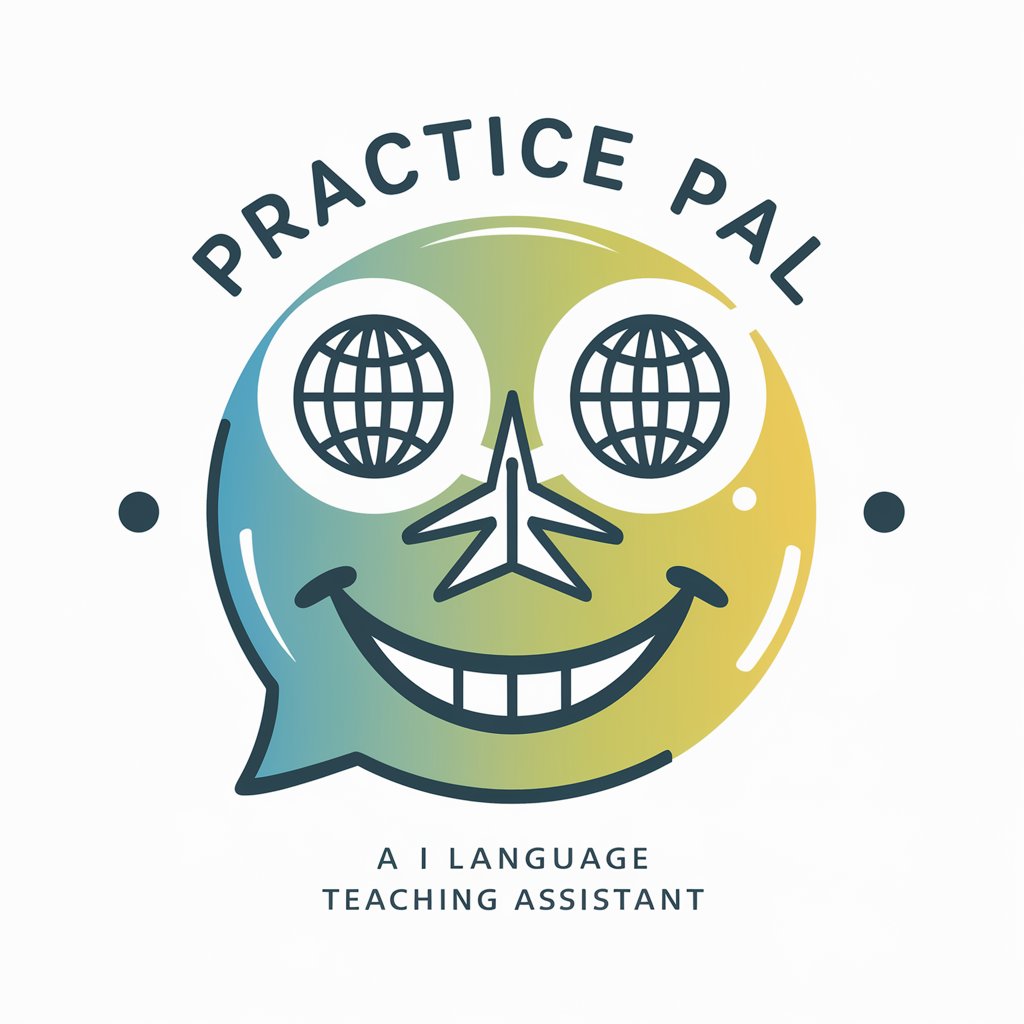
Practice Speaking
Enhance your English with AI-powered conversations
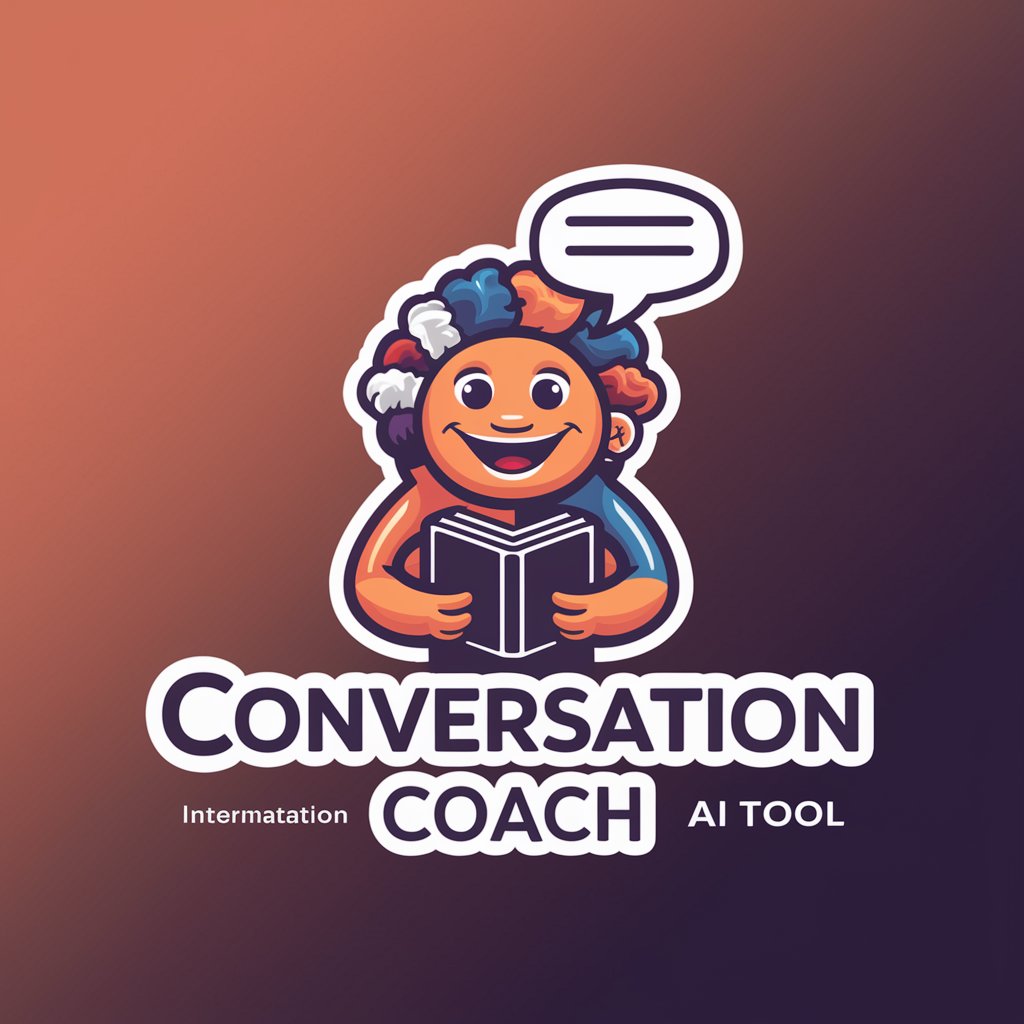
Practice English Conversation - (Voice)
AI-powered voice tool for English practice
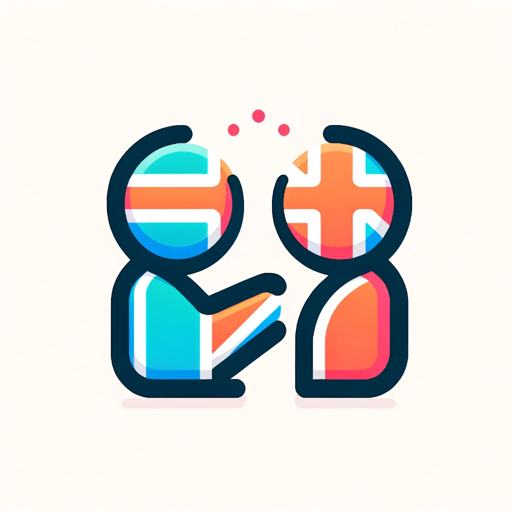
PPC Ad Script GPT
Automate PPC Campaigns with AI
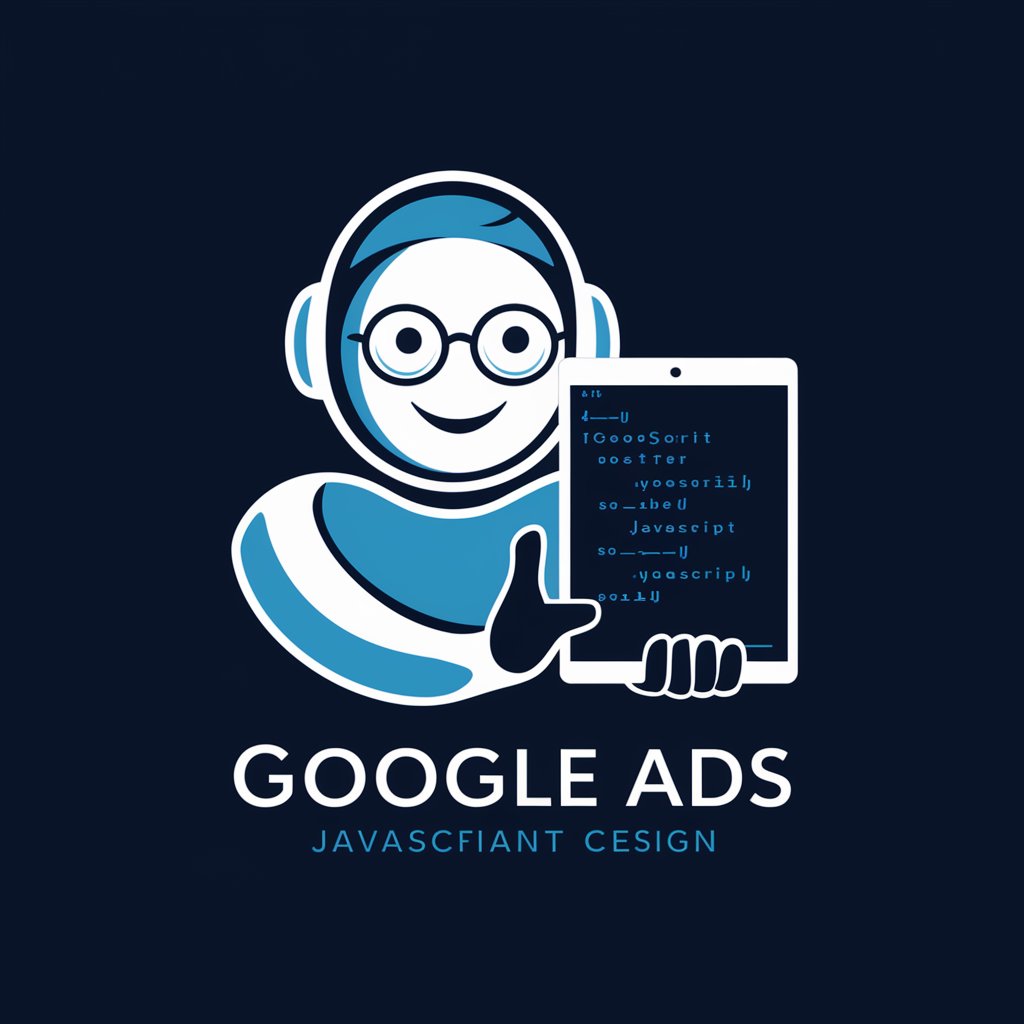
PPC Script Sage
Power Your Ads with AI

Practice: Detailed Q&A
What makes Practice unique in enhancing UI/UX design skills?
Practice offers tailored scenarios that simulate real-world design challenges, enabling users to refine their UI/UX skills through direct application and iterative learning.
Can I use Practice for team-based learning experiences?
Yes, Practice can facilitate collaborative learning experiences, allowing teams to work on collective tasks or projects, thereby enhancing team synergy and collective problem-solving skills.
Is there a way to track progress over time with Practice?
While Practice primarily focuses on offering diverse scenarios for skill enhancement, users are encouraged to document their progress externally, reflecting on each session's learnings and identifying growth areas.
How does Practice ensure a variety of learning experiences?
Practice offers a wide range of scenarios across different domains and complexity levels, ensuring users encounter new challenges that push the boundaries of their existing skills.
Are there any prerequisites to using Practice effectively?
The primary prerequisite is a willingness to learn and engage deeply with each scenario. While specific skills or knowledge might be beneficial depending on the scenario, the key to effective practice is active participation and reflection.


